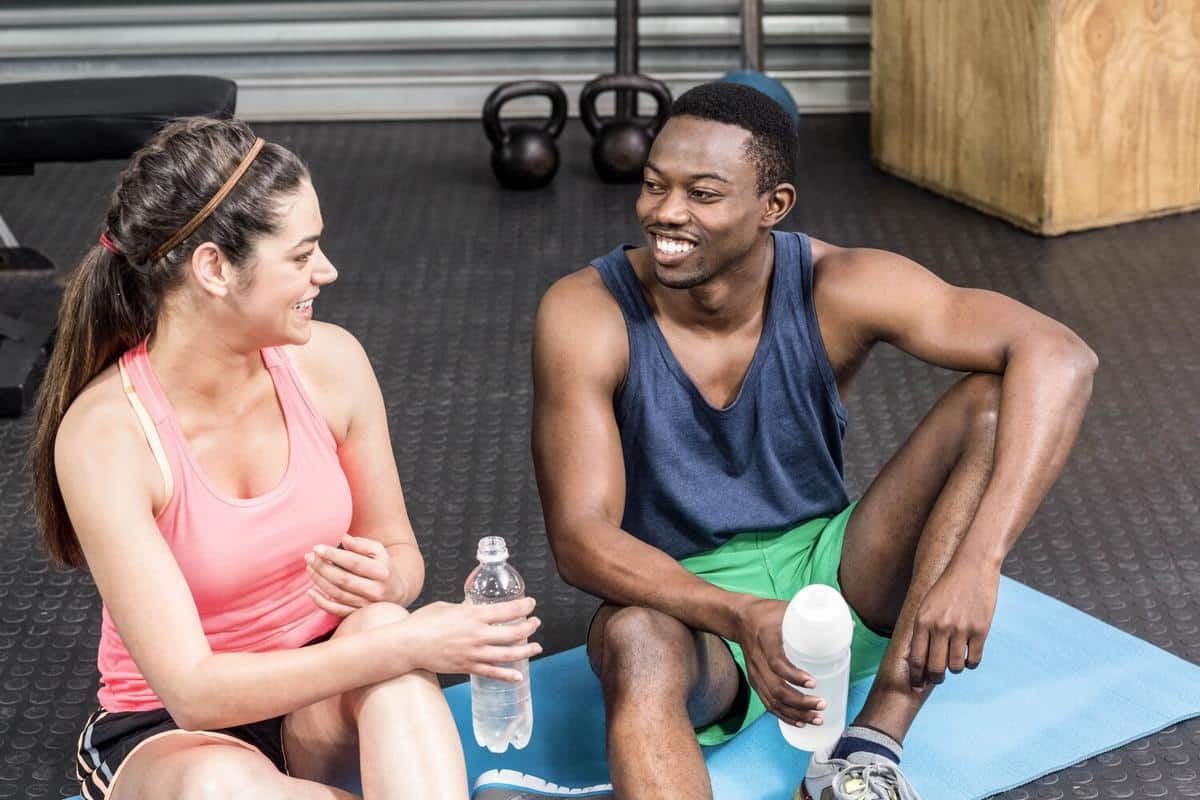
Recovery Techniques: From Foam Rolling to Cold Showers
As we strive to improve our fitness and physical health, understanding the best recovery techniques becomes crucial for maximizing performance and preventing injuries. From foam rolling to cold showers, each method offers unique benefits to aid your body’s recovery process.
Exploring Recovery Techniques
Recovery is an essential part of any fitness routine. It helps repair muscles, reduces soreness, and improves overall performance. Let’s delve into some popular recovery techniques and discover how they can enhance your physical health.
Foam Rolling: An Athlete’s Friend
Foam rolling is a form of self-myofascial release that targets tight muscles and fascia. According to a study published in the Journal of Sports Rehabilitation, foam rolling can reduce muscle soreness and improve range of motion. Many athletes swear by this technique, using it pre and post-workout to keep their muscles supple and ready for action.
“Foam rolling is like giving yourself a deep tissue massage,” says fitness coach Emily Roberts. “It’s a fantastic way to alleviate tension and improve mobility.”
Cold Showers: More Than Just a Wake-Up Call
Cold showers may not sound appealing, but they offer a host of benefits for recovery. A 2016 study in the Journal of Athletic Training found that cold water immersion can reduce muscle inflammation and soreness after intense exercise. The cold stimulates circulation and helps flush out metabolic waste, promoting faster recovery.
Rest and Sleep: The Ultimate Recovery Tools
Never underestimate the power of rest and quality sleep. During sleep, your body repairs itself, producing growth hormones that aid muscle recovery. Aim for 7-9 hours of sleep each night to ensure your body has the time it needs to heal and rejuvenate.
Comparison of Recovery Techniques
| Technique | Benefits | Drawbacks |
|---|---|---|
| Foam Rolling | Improves flexibility, reduces soreness | Can be uncomfortable |
| Cold Showers | Reduces inflammation, invigorates | Initial discomfort |
| Massage Therapy | Relaxes muscles, reduces tension | Costly and time-consuming |
| Stretching | Enhances flexibility, relieves tension | Time-consuming if not done properly |
| Hydration | Flushes toxins, aids digestion | Requires ongoing attention |
| Proper Nutrition | Promotes recovery, provides energy | Needs meal planning |
| Rest/Sleep | Promotes healing, restores energy | Requires discipline |
| Contrast Therapy | Stimulates circulation, reduces soreness | Not suitable for everyone |
Frequently Asked Questions
What is the best time to foam roll?
Foam rolling can be done before or after a workout to warm up muscles or to aid recovery, respectively.
How long should I take a cold shower for recovery?
Start with 30 seconds and gradually increase to 2-3 minutes as you get accustomed to the cold temperatures.
Can I overdo recovery techniques?
Yes, it’s essential to listen to your body and avoid overuse, which can lead to fatigue or injury.
Conclusion
Incorporating recovery techniques like foam rolling, cold showers, and adequate rest into your fitness routine can significantly enhance your physical performance and well-being. Remember, recovery is an investment in your health, ensuring you’re ready to tackle each workout with renewed energy. Explore these techniques, find what works best for you, and embrace the journey to a healthier, more resilient body.


